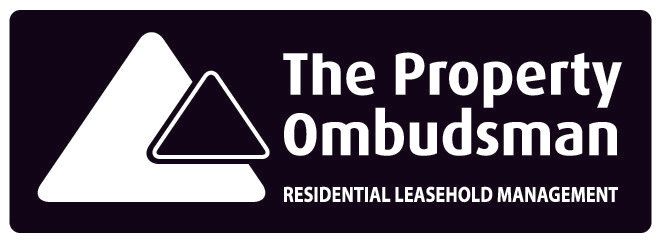Property market trends 2019: what can we expect?
Leanne Gresswell
More people renting, a switch-up in the north/south divide, smarter homes, a rise in Airbnb friendly properties and, as always, London in high demand. Peering through the cracks of Brexit uncertainty, here’s what trends experts are predicting for the property market in 2019…
Sustainability and Environmental Awareness
Sustainable living and our environment were huge topics in 2018 and this increased awareness is likely to mean both buyers and renters looking for ‘smart’ qualities in their homes. Quality and style will remain of importance when it comes to the technology in the property market, though; we’re expecting ‘Smart Home’ to mean less app-controlled, colour-changing light bulbs and more heating systems that know when you’re ten minutes from home.
The Rise of Airbnb Friendly Properties
More and more buyers will be on the lookout for ‘Airbnb’ friendly properties in 2019, such as those with outbuildings or “nanny flats”. Whether they’re looking to use the additional space as a form of extra income, a home office, for personal guests or a live-in space for au pairs, these types of homes will become increasingly popular among buyers in the property market this year.
The North Takes the Upper-Hand
A divide between the north and south of the UK is nothing unusual when it comes to the property market, but a recent shift in supply and demand has created a split that (this time) sees the north in favour; a current increase in property stock could fuel pricing challenges in the south, while dwindling availability but strong demand stands the north in contrastingly good stead for the year ahead.
Private Rented Sector and Build-to-Rent
Speaking of supply and demand, London will remain sought-after as ever – despite Brexit talk – meaning an increase in market share for the Private Rented Sector is likely. The amount of rented properties in the capital is predicted to grow by 40% over the next ten years, and build-to-rent property is likely to play a huge part in supplying the high-quality housing required to sustain this.
Skyscrapers on the Rise
Consequential to the above, London’s skyline is set to reach new heights this year as the tallest residential building in Europe is due to complete. The 239m, 75-floor Landmark Pinnacle being erected on the Isle of Dogs, Canary Wharf is just 1 of 510 tall towers currently in the pipeline. Once complete, the landmark tower block will offer the most habitable floors than any other UK high-rise.
All-in-all, if experts are right it seems that the property market is simply moving with the times, and despite uncertainty about the political future of the UK, the future of the property market looks relatively bright in most aspects – particularly the Private Rented Sector.

From autumn 2025, under the Economic Crime and Corporate Transparency Act 2023, all directors and Persons with Significant Control (PSCs) must verify their identity with Companies House. While many firms are handling this quietly in the background, we believe our clients deserve full visibility into what’s happening and how we’re preparing on their behalf. So, What’s Changing? This isn’t just another form to complete. The law is designed to: Stop people from using companies for criminal or dishonest purposes Improve transparency in the UK’s corporate system Ensure every director is personally identifiable and accountable If you don’t verify your identity, you may: Be barred from acting as a director Prevent your company from filing legal documents Be subject to fines or disqualification How Are We Supporting Our Clients? We’ve rolled out a full, structured support plan to help directors meet the new requirements. Here’s what Cleaver are doing : 1. Notifying Directors Early - We’ve contacted all directors across the companies we manage using tailored letters and templates, clearly explaining what’s required and when. 2. Offering Step-by-Step Guidance - We’ve created easy-to-understand materials to help directors: Choose how to verify (online, Post Office, or via an ACSP) Understand the process Get support if they’re unsure where to start 3. Tracking Progress Internally - We maintain a compliance checklist for every company we manage. This allows us to: Track which directors have verified Send timely reminders to those who haven’t Avoid last-minute compliance issues 4. Helping Boards with Removal (If Needed) - If a director refuses to verify and the company’s Articles allow for it, we’ll assist with: Legal guidance Notices and paperwork Filing director removal forms with Companies House 5. Answering Questions Along the Way - We’ve trained our team to answer queries about the new rules and if needed, we’ll help connect you with a solicitor or accountant who can act as an Authorised Corporate Service Provider (ACSP). Why Does This Matter? This legislation is a major step forward in protecting companies and the people who run them. We believe in staying ahead of compliance and ensuring our clients feel confident, not confused. By taking this proactive approach, Cleaver Property Management is helping to: Protect directors from penalties Ensure companies stay compliant Promote trust and transparency in the leasehold management sector Do You Need Help? If you’re a director and aren’t sure what to do next, we’re here to help you understand your responsibilities and how to meet them. Email your Cleaver Property Management contact or reach us at info@cleaverpropertymanagement Cleaver Property Management – Supporting Directors. Safeguarding Companies.













